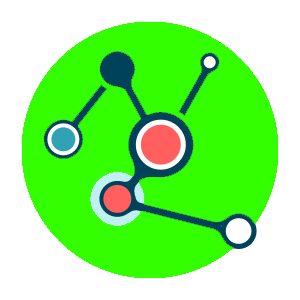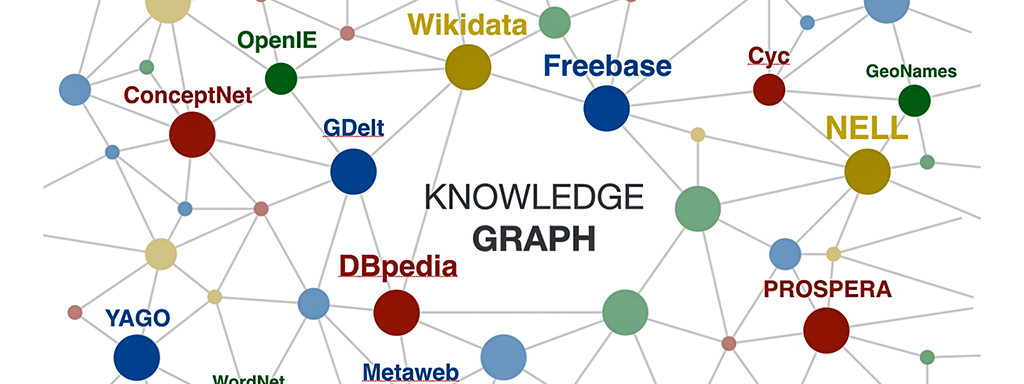 |
UMBC CMSC 491/691 (07) Fall 2019 |
|

Graph databases databases that uses graph structures for semantic queries with nodes, edges, and properties to represent and store data. Knowledge graphs are graph databases with rich sementic schemas that typically define an ontology or taxonomy of types, properties and relations and include semantic constraints and rules that allow systems to infer new information.
For more information, see the syllabus and schedule.
The Semantic Web provides a common framework that allows data to be shared and reused across application, enterprise, and community boundaries. It is a collaborative effort led by the World-Wide Web Consortium (W3C) with participation from a large number of researchers and industrial partners. It is based on the Resource Description Framework (RDF). Here's how the W3C describes the Semantic Web.
"The Semantic Web is a web of data. There is lots of data we all use every day, and its not part of the web. I can see my bank statements on the web, and my photographs, and I can see my appointments in a calendar. But can I see my photos in a calendar to see what I was doing when I took them? Can I see bank statement lines in a calendar?
Why not? Because we don't have a web of data. Because data is controlled by applications, and each application keeps it to itself.
The Semantic Web is about two things. It is about common formats for integration and combination of data drawn from diverse sources, where on the original Web mainly concentrated on the interchange of documents. It is also about language for recording how the data relates to real world objects. That allows a person, or a machine, to start off in one database, and then move through an unending set of databases which are connected not by wires but by being about the same thing."